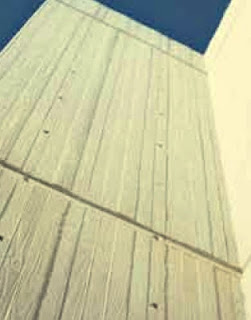Through finishing process, concrete becomes ready for service. This is the last step of production of concrete following by mixing, transporting, placing, compaction and curing process. Concrete is the material that need utmost are in every operations stated above. We have discussed about all process except finishing. In this post we will have an overall idea about finishing.
Actually finishing does not require for every concreting operation say in case of casting concrete for beam we do not need finishing. But in case of concreting for abrasion exposure we need finishing of utmost quality like runway, taxiway, road pavement, flooring for industrial operation, container terminal and so on. Even in residential purpose flooring concrete requires quality finishing. Concrete is sometimes termed as drab material of ugly finishing having no way to establish architectural appearance.
Now-a-days engineers bring artness to concrete applying different finishing techniques. Prefabricated panels of concrete either for wall or slab, even for roofing are used successfully, having excellent finishing and esthetic effects. Recent development of surface treatment provides much flexibility in finishing of concrete. Now we can produce textured concrete of having finishing like board marks, many types of lining can be provided with special techniques. These developments of finishing replace the costly veneering to hide concrete.
Surface finishing can be classified as
a. Formwork finishing
b. Surface treatment
c. Applied finishing
In the very next post we will discuss applied finishing followed by other two.


















